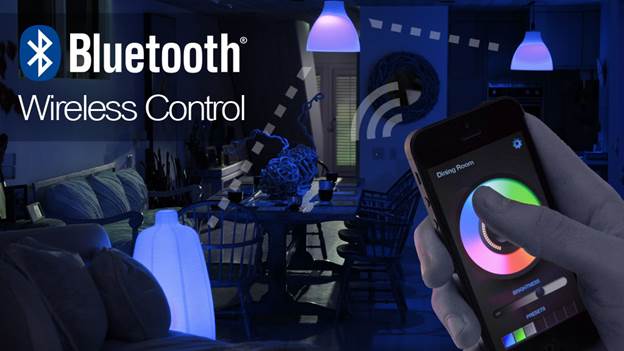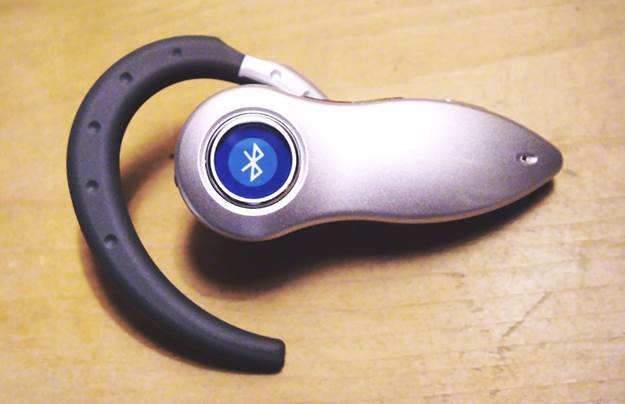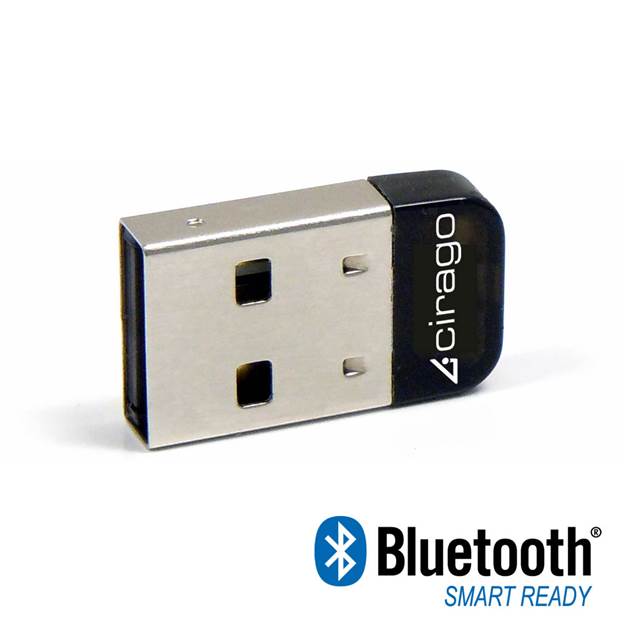Wi-Fi, Bluetooth, 2.4GHz, Miracast and more: Darien
Graham-Smith explains each of today's numerous wireless standards
A Bluetooth link is established by
instructing two compatible devices to scan for and connect to one another
(sometimes a passkey is required to confirm the link, so you can’t simply
connect your phone to someone else’s without their assistance). The connection
range depends on the class - that is, the power rating - of the devices involved:
low-power Class 3 devices have an effective range of around 1m; Class 2 works
over around 10m; and Class 1 should support a connection distance of 100m.

According
to the folks at iLumi, the advantages of Bluetooth over WiFi are numerous
There have been four major revisions of
Bluetooth. They’re all backwards-compatible, and it’s rare these days to see a
device using anything older than Bluetooth 2.1, which was released in 2007.
This supports all the major profiles and can beam data between devices at up to
2.1Mbits/sec - fast enough to stream high-quality audio to a headset or a car
stereo. (This is referred to as Extended Data Rate, or EDR, since it’s around
three times faster than the original Bluetooth specification.)

Bluetooth
profiles that describe many different types of applications or use cases for
devices
Bluetooth 3, released in 2009, adds support
for high-speed transport, which increases the maximum transfer speed between
devices to 24Mbits/sec. This works by co-opting 802.11 hardware, rather than
relying wholly on the Bluetooth chipset, so not all Bluetooth 3 devices support
it. Other upgrades in Bluetooth 3 offer more reliable connections and automatic
power management, so the chipset can scale back its consumption when it isn’t
transferring large amounts of data.

Cirago
Bluetooth 4 0 Mini USB Adaptor
The current version of Bluetooth is 4.1 - a
minor update to Bluetooth 4, which was released in 2010. Both are branded as
“Bluetooth Smart”, and the big change is the inclusion of a new operating mode
called Bluetooth Low Energy. That name is no joke: it’s been calculated that a
Bluetooth Smart device in LE mode can stay connected to a nearby host for
almost a year on a single watch battery. The trade-off is a very slow effective
data-transfer rate, of around 0.27Mbits/sec, so headsets, speakers and so forth
continue to use the standard or high-speed modes; LE is really intended for
simple Internet of Things-type devices, such as fitness trackers.